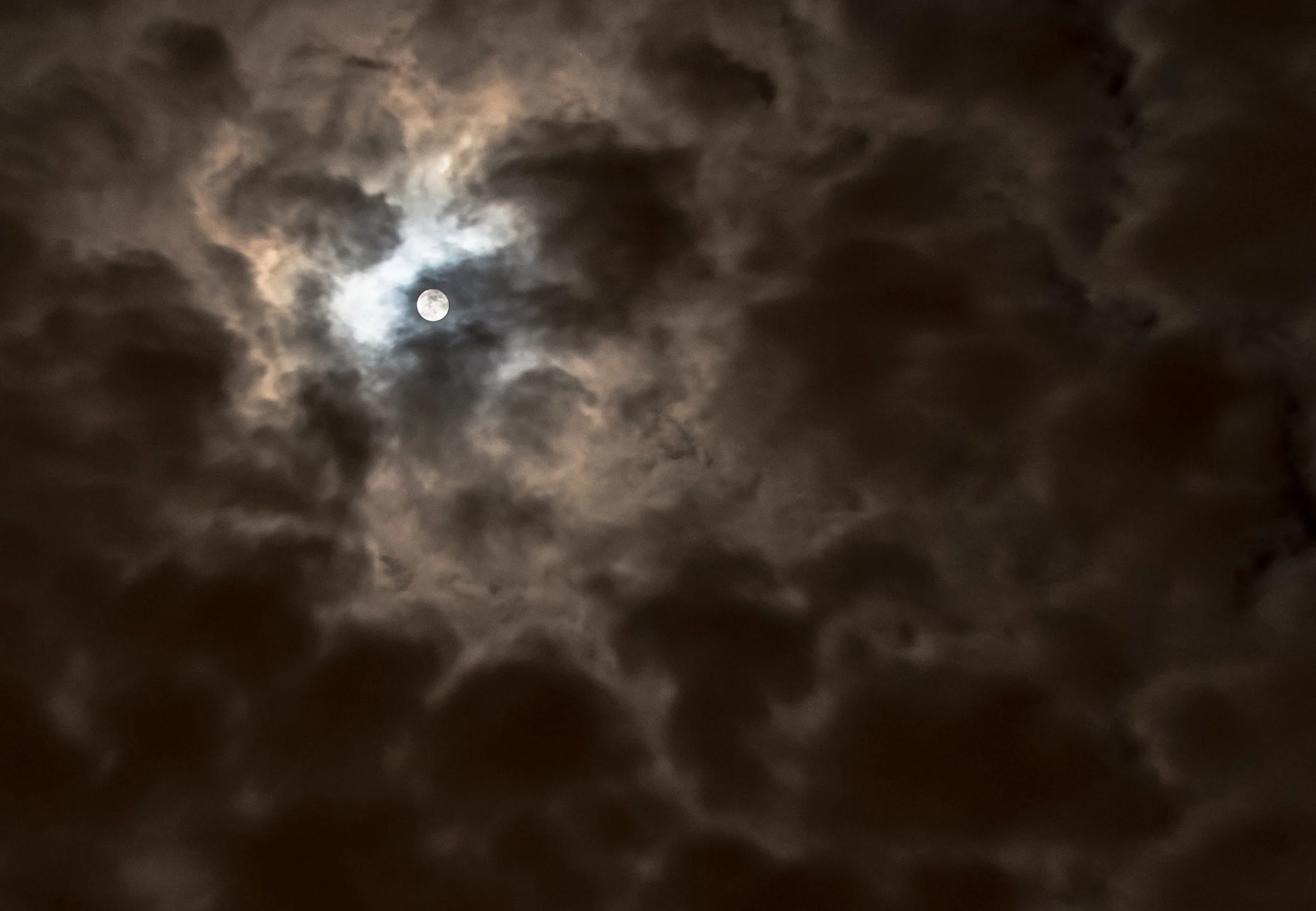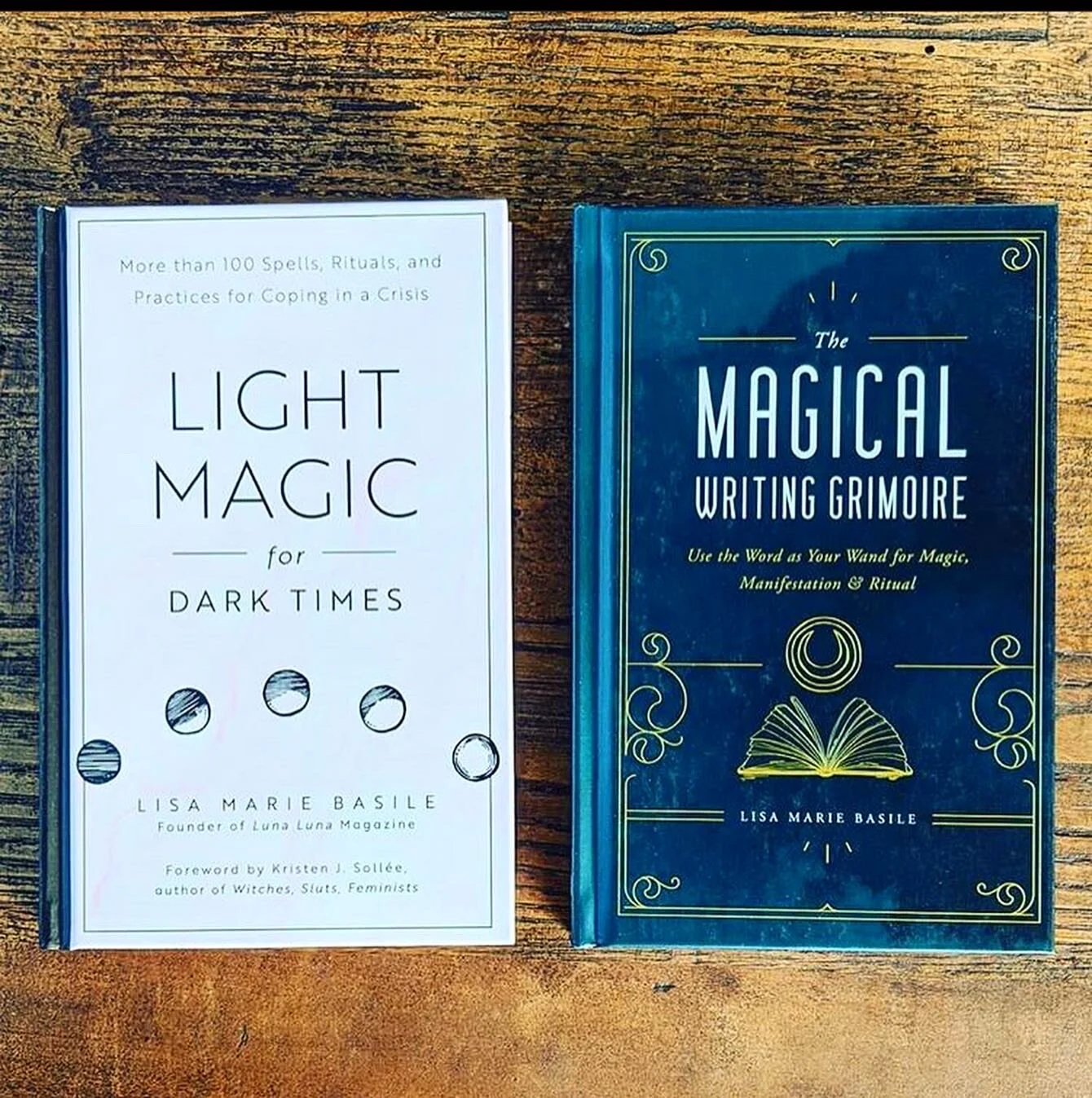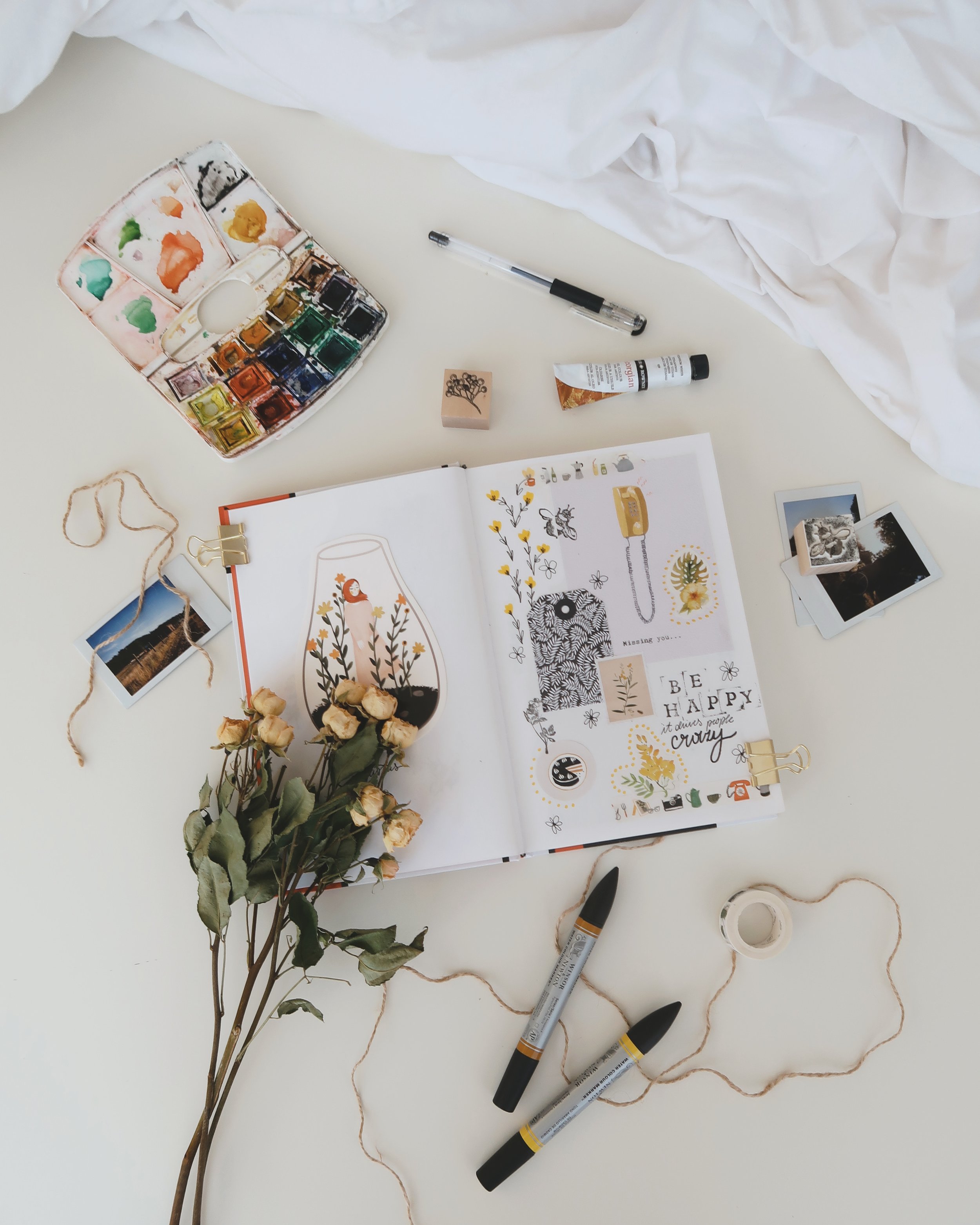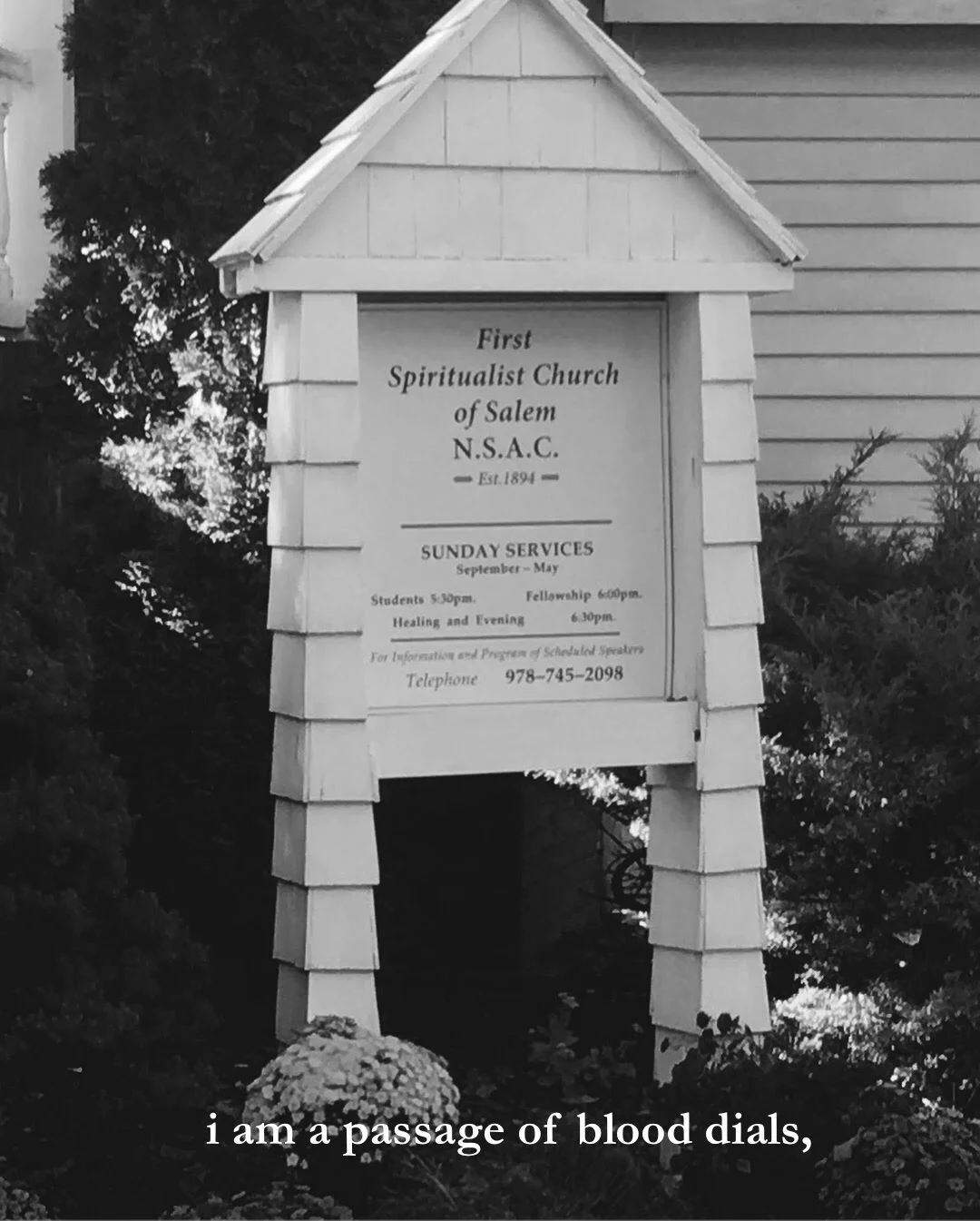BY LYNSEY G.
It’s mid-October, my absolute favorite time of the year! Not because I’m one of those fashion-minded individuals who looks forward to breaking out the cable-knit sweaters and trendy tweeds, but because this is officially the spookiest season of them all. The time when night begins to lengthen, stretching out its eerie, gnarled fingers of shadow into our afternoons and lingering, lurking too late in the morning. When we remember the good times and contemplate the fact that they all end. When we reflect on death.
To my way of thinking, by now we should all be in a Halloween-inspired frenzy of simultaneous delicious anticipation and breathless terror about October 31. We ought to be decorating our homes with tapered candles, goulish faces carved into gourds, moldy old lace, and the images of all manner of dead things.
In my estimation, we should not be giddily foisting cute butterfly costumes onto dogs, or gleefully baking adorable cupcakes with licorice spiders on them, or hanging grinning paper bat crafts in restaurants. Goddammit. I am nauseous from watching Halloween being twisted from a grotesque horror show paying homage to the otherworldly realities around us, into a sparkle-clad Disney princess squeefest! What the hell happened? Sure, sure, I get that your toddler might have nightmares if mommy dressed up as a rotting corpse or a demonic scarecrow with a leather face, but guess what? Halloween is supposed to give you nightmares. That’s what it’s for.
The holiday has a long history, in numerous cultures, of honoring the spirits of the dead and respecting the fact that death, in the guise of night and its attendant cold season, is inevitable. It’s scary. Treat it with some respect, people. Knock it off with the pumpkin-spice cutesie crap and get your respecting the souls of the fucking dead on!
This terrifying turnip was a traditional Irish jack-o-lantern. Take notes.
Seriously. There’s lots of scholarly debate about where our modern Halloween traditions really came from, but no matter which tradition you choose, the inescapable truth is that it’s creepy. Many believe that most of our Halloween celebrations and beliefs got their start in Celtic feast of Samhain, which was Old Irish for “summer’s end.” This massive, bonfire-speckled feast marked the beginning of the dark half of the year—yeah, the dark half, because life isn’t all one big sparkle party full of bubbles and Frisbees, kids. It’s at least half darkness, despair, horror, and that creeping feeling you get on the back of your neck when you know there’s someone watching you. And that’s what Samhain was all about: in most of Britain before it got all Britain-ified, it was believed that the souls of the dead were able to visit their earthly homes during Samhain, so places were set for them at the feasts that were held in their honor and the gates, doors, and windows were all left open for them to enter.
Meanwhile, spirits and faeries (the nasty, stealing-your-babies-from-their-cradles kind, not the Tinerkbell kind) were kept at bay with a combination of grotesque faces carved into fruits (hence Jack-O-Lanterns), blazing fires (which simultaneously lit the way for the dearly departed to find their ways home), and wandering bands of ruffians going house-to-house demanding food. Let me be clear: Samhain was not ruffly princess dresses and plastic firefighting helmets: it was a very serious undertaking that welcomed back dead people for a night of feasting and revelry. Dead people. Not hilarious zombie antics. I mean, like, the souls of people who died. They came to the feast and sat next to you, unless the faeries made off with the spirit of your grandmother, and who knows what that really meant. But it caused nightmares. But that’s ok, because there is darkness coming and you’d better get ready for it. So say the Celts.
The other frontrunner for where Halloween came from is, obviously, the Catholic religion, in which Halloween is celebrated as the first of three holy days—collectively Hallowmas—dedicated to remembering the dead, in which October 31, All Hallows’ Eve, precedes All Hallows’ Day on November 1 and All Souls’ Day on November 2. The last day of October is, in this tradition, the last day that deceased souls can return to earth to exact revenge upon their enemies before getting shunted off to heaven or hell. You heard me: the bitter, vengeful dead come back to find whoever pissed them off before they shuffled off their mortal coils, and do whatever horrible deeds they’ve been plotting while suspended in Purgatory as their bodies rot away. Nightmares? You bet.
Costumes were traditionally donned to prevent these rancorous souls from recognizing their quarry—and, incidentally, made it more difficult to distinguish the living from the dead. So you could be trick-or-treating with Aunt Edna, or with the disembodied spirit of Great-Great-Aunt Edith. You might never know—if you didn’t piss off Edith in life, that is. And it also means your dreadful “sexy bumblebee” costume will save you from exactly nobody, and may in fact incur the wrath of the ghost of Shannon Hoon if he hasn’t already made it to whatever ultimate resting place his poor, tortured soul was destined for.
Personally, I don’t think it matters which tradition you believe gave rise to Halloween. Chances are it was a combination of the two—Samhain was most likely hijacked by the Catholics when they got to the British Aisles, like pretty much everything else about modern American culture. But to me, the point of Halloween is, and should remain, a chance to reflect on the fact that life, just like summer, is fleeting. There’s a whole world of darkness and an otherworld of death awaiting all of us, and putting nutmeg and cinnamon in it and calling it “pumpkin spice” to try to ignore the looming reality of our own mortality doesn’t make it go away.
Globbing wads of fake spiderwebs onto the bushes in front of our houses and cramming our maws full of sugary fun-sized candies will only give us stomach-aches. Facing the winter with a solemn nod to the souls of those who have gone before us, spending some time and thought on constructing costumes that are at least convincing if not necessarily pants-shitting scary, and doing it all with the understanding that, yes, death is out there, and this time of year we celebrate it as part of life? That might get us a little closer to enlightmenment.
So your kid might have some bad dreams if you show him that old Disney cartoon of the Headless Horseman. So it’s creepy to think about Grandpa sitting next to you having dinner, since he’s been dead for ten years. So what? That’s how Halloween do. There will be plenty of time later in the season for adorable cupcakes and those perfect chocolate-suede knee boots, but for right now, let’s get spooky.
You're doing it right.

































